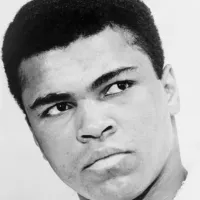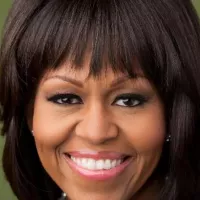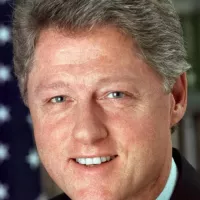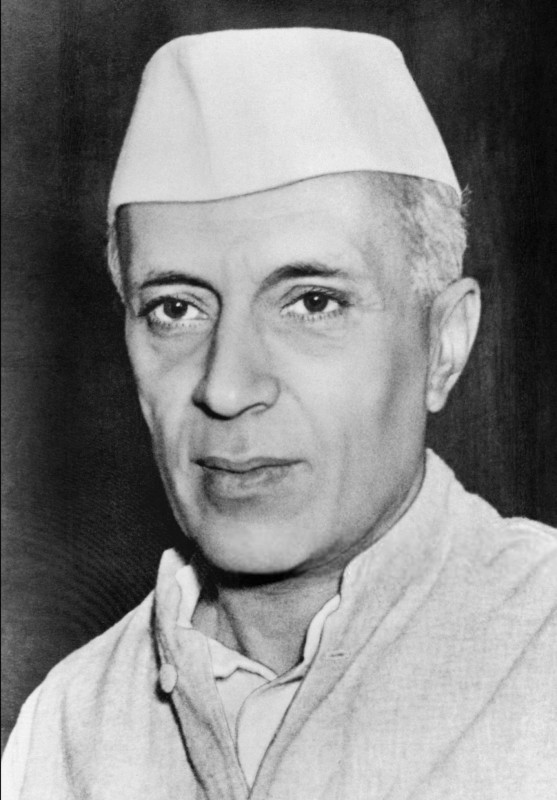From career breakthroughs to professional milestones, explore how Jawaharlal Nehru made an impact.
Jawaharlal Nehru was the first Prime Minister of independent India and a central figure in the country's mid-20th century politics. A prominent anti-colonial nationalist, he advocated for secular humanism and social democracy. Nehru was also a writer, historian, lawyer, and statesman. His leadership shaped India's early post-independence trajectory.
1929: Emergence as Paramount Leader
Following the Lahore session of the Congress in 1929, Jawaharlal Nehru began to emerge as the most important leader of the Indian independence movement. Nehru had drafted the "Fundamental Rights and Economic Policy" resolution that set the government agenda for an independent India.
1929: Hoisting the Tricolour Flag and Pledge of Independence
On New Year's Eve 1929, Jawaharlal Nehru hoisted the tricolour flag of India on the banks of the Ravi in Lahore. A pledge of independence was read, including a readiness to withhold taxes, receiving approval from the public. 172 Indian legislators resigned in support. The Congress then called for observing January 26 as Independence Day, leading to flag hoisting across India and plans for civil disobedience.
1931: Ratification of "Fundamental Rights and Economic Policy" resolution
In 1931, the "Fundamental Rights and Economic Policy" resolution that was drafted by Nehru was ratified at the Karachi session chaired by Vallabhbhai Patel.
1935: Drafting the Election Manifesto
During the campaign, Nehru was elected to another term as Congress president. The election manifesto, drafted largely by Nehru, attacked both the Government of India Act and the Communal Award that went with it.
March 1936: Return to India as Congress President
In March 1936, Jawaharlal Nehru returned to India after being elected as Congress president for the coming year, leading the Congress response to the Government of India Act 1935, which he condemned.
1937: Participation in Provincial Elections
In 1937, Nehru initially wanted to boycott the provincial elections but agreed to lead the election campaign after receiving assurances about abstentionism.
February 1938: Stepping down as Congress president
In February 1938, Jawaharlal Nehru did not stand for re-election as Congress president, and was succeeded by Subash Chandra Bose.
December 1938: Return to India and Acceptance to Head Planning Commission
After returning to India in December 1938, Jawaharlal Nehru accepted Bose's offer to head the Planning Commission.
February 1939: Presidency of AISPC
In February 1939, Jawaharlal Nehru became president of the All India States Peoples Conference (AISPC).
October 1939: Condemnation of Viceroy's Attitude and Call for Resignations
On October 23, 1939, the Congress condemned the Viceroy's attitude and called upon the Congress ministries in the various provinces to resign in protest. Before this announcement, Nehru urged Jinnah and the Muslim League to join the protest, but Jinnah declined.
October 1940: Launch of Limited Civil Disobedience Campaign
In October 1940, Gandhi and Nehru launched a limited civil disobedience campaign in which leading advocates of Indian independence were selected to participate one by one.
1942: Cripps Mission and Failed Compromise
In 1942, with the Japanese threat growing, the British government sent Sir Stafford Cripps to India with settlement proposals. Nehru was hopeful for a compromise, but Gandhi opposed the proposals. Cripps' mission ultimately failed.
1946: Interim Government and Constituent Assembly
In 1946, Nehru and his colleagues were released and a plan led to elections to the provincial assemblies, who then elected members of the Constituent Assembly. Congress won the majority, and Nehru became prime minister of the interim government. The Muslim League joined the government later.
1947: Prime Minister of the Dominion of India
Nehru served as prime minister of the Dominion of India from 1947.
1950: Prime Minister of the Republic of India
Nehru served as prime minister of the Republic of India from 1950.
Mentioned in this timeline

Muhammad Ali nicknamed The Greatest was an iconic American professional...
India officially the Republic of India is located in South...
Germany officially the Federal Republic of Germany is a Western...

New Year's Eve observed on December st marks the final...
Pakistan officially the Islamic Republic of Pakistan is a South...

Trains are a connected series of vehicles traveling on railway...
Trending

2 days ago Jeff Goldblum adopts vegetarian diet after 'Wicked' role, citing significant personal change.
3 days ago Australia Rejects Turkey's Climate Summit Co-Hosting Offer: Standoff Intensifies, Albanese Declares 'Not an Option'

35 minutes ago Gary Sinise Foundation gifts milestone 100th home to wounded veteran in Tennessee.

Lily Allen is an English singer songwriter and actress known for her outspoken lyrics and pop music She gained prominence...

6 months ago Trans Athlete Wins California State Titles Amidst Controversy and Political Tension.
1 day ago Ultra-Processed Foods: Study Links Consumption to Harm Across Major Human Organs
Popular

XXXTentacion born Jahseh Dwayne Ricardo Onfroy was a controversial yet...

Cristiano Ronaldo often nicknamed CR is a Portuguese professional footballer...

William Franklin Graham III commonly known as Franklin Graham is...

Candace Owens is an American conservative political commentator and author...

Michelle Obama is an American attorney author and former First...

Bill Clinton the nd U S President - served as...
